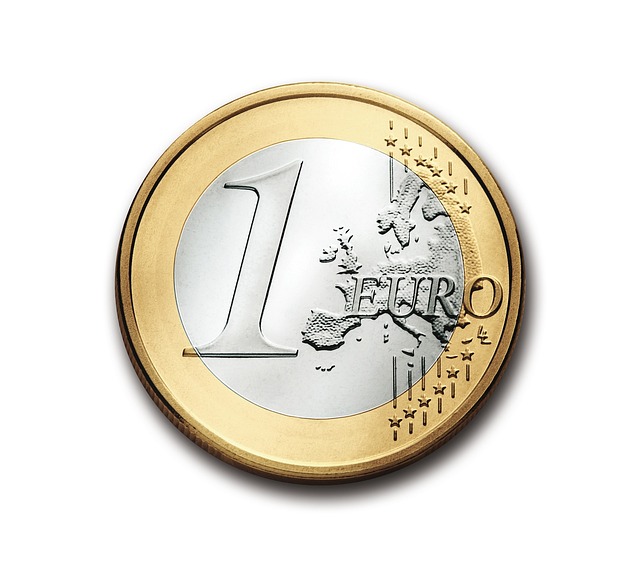
Exploring the Science of Incentives in Csapat: How Technology Impacts Workplace Culture
In today’s fast-paced work environment, understanding the science of incentives has become crucial for building a thriving culture within Csapat teams. Incentives can be the driving force behind employee motivation, productivity, and overall job satisfaction. As organizations increasingly leverage technology to enhance workplace dynamics, it’s important to comprehend how these incentives can shape employee behavior and contribute to a positive culture.
The science behind incentives lies in behavioral psychology, which suggests that individuals are motivated by rewards that resonate with their personal values and goals. Incentives can take various forms, from financial rewards and bonuses to recognition and growth opportunities. By incorporating technology into the incentive framework, organizations can craft tailored experiences that meet the unique needs of their workforce.
For instance, modern tools like performance management software and employee engagement platforms allow companies to track individual achievements and team contributions in real time. This instant feedback loop creates a sense of accountability and encourages a culture of excellence. Employees can see the direct correlation between their efforts and the rewards they receive, fostering a sense of accomplishment and commitment to their roles.
Additionally, technology facilitates the implementation of gamification strategies, where incentives become even more engaging. By integrating game-like elements into workplace tasks, employees are encouraged to outperform their own benchmarks and earn points, badges, or other rewards. This not only increases motivation but also promotes healthy competition, enhancing teamwork and camaraderie among colleagues.
Moreover, organizations that value transparency in their incentive systems are more likely to cultivate trust within their workforce. Technology enables easy communication about how incentives are structured, the criteria for achieving them, and the process for rewarding them. When employees understand what they need to do to earn an incentive, their sense of purpose and direction increases, ultimately benefiting the overall workplace culture.
However, it’s essential for businesses to recognize that incentives are not a one-size-fits-all solution. Different individuals are driven by different factors, and what motivates one employee might not resonate with another. Therefore, incorporating feedback mechanisms into the incentive design process is critical. Utilizing surveys and pulse checks can help organizations gather insights on employee preferences and adjust their incentive offerings accordingly.
With the rise of remote work and flexible schedules, technology has also enabled companies to offer incentives that cater to diverse work environments. From virtual employee recognition programs to innovative digital wellness initiatives, organizations are finding creative ways to reward staff regardless of where they are located. This adaptability is vital to maintaining a cohesive and motivated workforce in an increasingly hybrid working world.
In summary, the intersection of science and technology in the realm of incentives holds significant potential for influencing workplace culture within Csapat teams. By applying insights from behavioral psychology and embracing technological advancements, organizations can create customized incentive programs that not only enhance employee motivation but also enrich the overall workplace environment. As we continue to explore these dynamics, one thing is clear: thoughtful incentives are fundamental to nurturing a culture where employees can thrive both personally and professionally.



